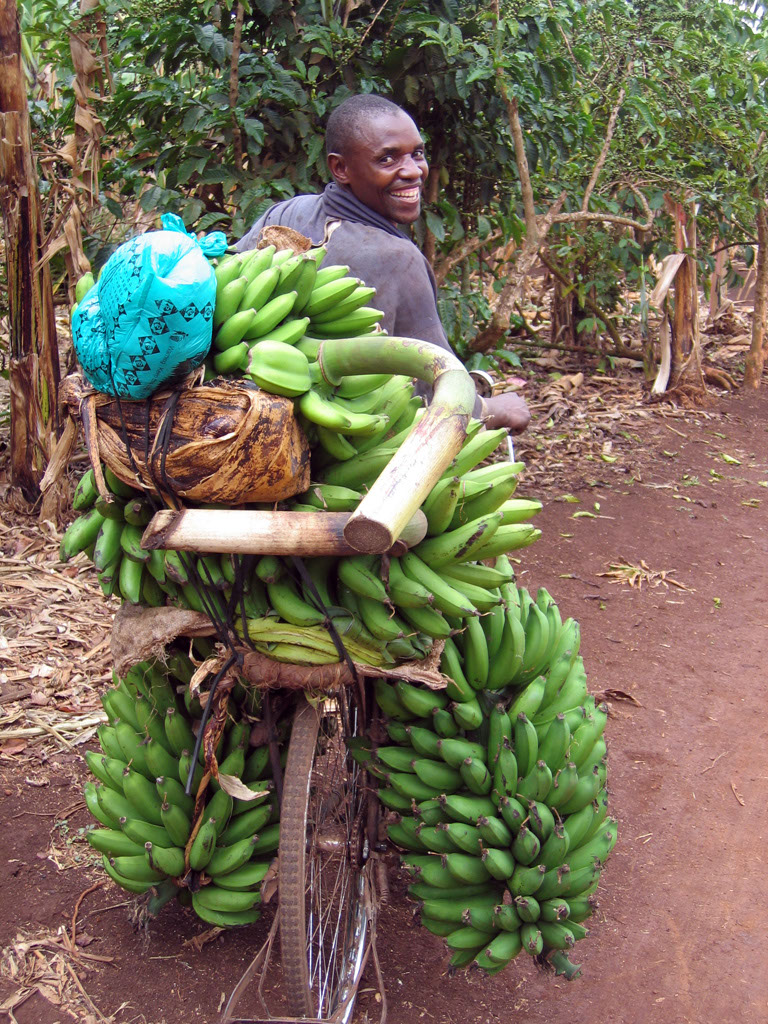Americans went for a recreational bike ride about 2.4 billion times in 2016, estimates the Outdoor Foundation, a Washington-DC based non-profit sponsored by the Outdoor Industry Association. Those who ride for fun went out an average of 53 times each, according to its 2017 Outdoor Participation Report. The foundation released the participation report along with a parallel Outdoor Recreation Economy report, designed to showcase the importance of playing outdoors to the nation’s financial well-being.
Figures apply to Americans ages six and older. The numbers include those who went for road or trail rides, mountain bike excursions and BMX track escapades. Biking ranked third in popularity as an outdoor participatory activity, with 15 percent or 45.8 million Americans cycling at least once. More people enjoyed running and fishing, though.
But when it came to frequency, cycling came in second, as those who drop bait in the water didn’t do so nearly as often as those who went for a jog or spin.
But when it comes to kids, cycling tops. Among those aged six to 17, 25 percent (12.9 million riders) took to the pedals, more than those who ran. Within the next age bracket (18-24), biking fell to fourth , as (14 percent, 4.2 million) participated. More young adults preferred running, hiking and some sort of camping (tent or RV). But those in that age bracket who biked did so an average of 86 times that year.
Among all citizens, blacks biked at a much lower rate (10 percent) than those defined as white, Hispanic or Asian (15 or 16 percent.) Asked about the difference, foundation Deputy Director Ivan Levin wrote in an email “advocates needs to think about their programming, who their audience is, and do a better job programming for specific populations versus applying blanket programming approaches.”
The economy report doesn’t say much about bicycling but names it as one of the major job and spending forces, along with birdwatching and hiking. It notes that Americans spend half again as much on cycling and skateboarding a year ($97 billion) than on video games ($61 billion), citing Digital Entertainment Group numbers for the latter figure.
“Going outdoors to hike, bike, camp, fish, hunt or just walk around the neighborhood orients us to the natural world,” says the report.
But how accurate can the data be? The foundation says it extrapolated the figures based on 24,134 online interviews in taken last year when people and households were asked about their activities. The report says its sample “provides a high degree of statistical accuracy.”
The data reflect what people recall and if they were taken last year, which the report says, the results couldn’t have included the whole year. Also, how can you possibly recall in an survey how many times you rode a bike last year? The report says respondents were selected from the “the US Online Panel of over one million people operated by Synovate/IPSOS,” a market research company. But any such panel only includes people who sign up to receive surveys which may or may not be an accurate reflection of the U.S. Population.
Asked about accuracy, Levin referred us to the back of the report (cited above) and said he referred the questions to the technical team, which hadn’t responded by deadline.
For more information on the reports, see outdoorindustry.org.







